Learn how to make homemade Custard Cream (Pastry Cream) with my step-by-step recipe. Smooth and velvety, it‘s a luxurious filling for both Western-style desserts and popular Japanese street snacks like Nama Donuts, Crispy Taiyaki, and Imagawayaki (Obanyaki).
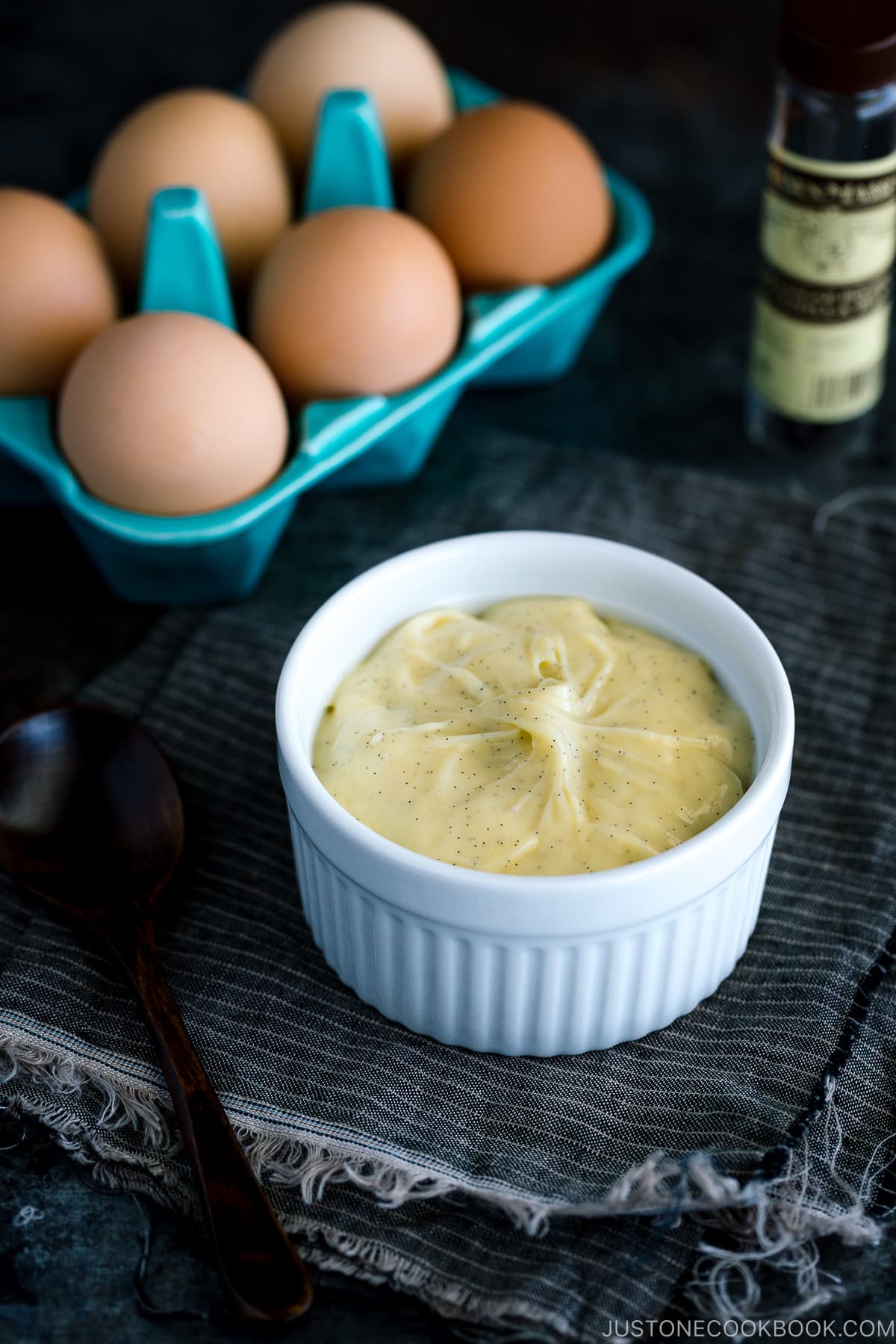
Custard Cream (pastry cream) is commonly used as a filling for western sweets like cream puffs and éclairs, but don’t forget that we can use it for Japanese sweets too! Aside from the good old red bean paste in typical Japanese sweets such as Dorayaki, Taiyaki, and Imagawayaki, custard cream is just as decadent as the original favorite.
Ivory in color, custard cream has a smooth and velvety texture with a sweet hint of vanilla. For those of you who are not that interested in red bean, custard cream will be your delicious standby for trying out traditional Japanese snacks. You really don’t want to miss them out!
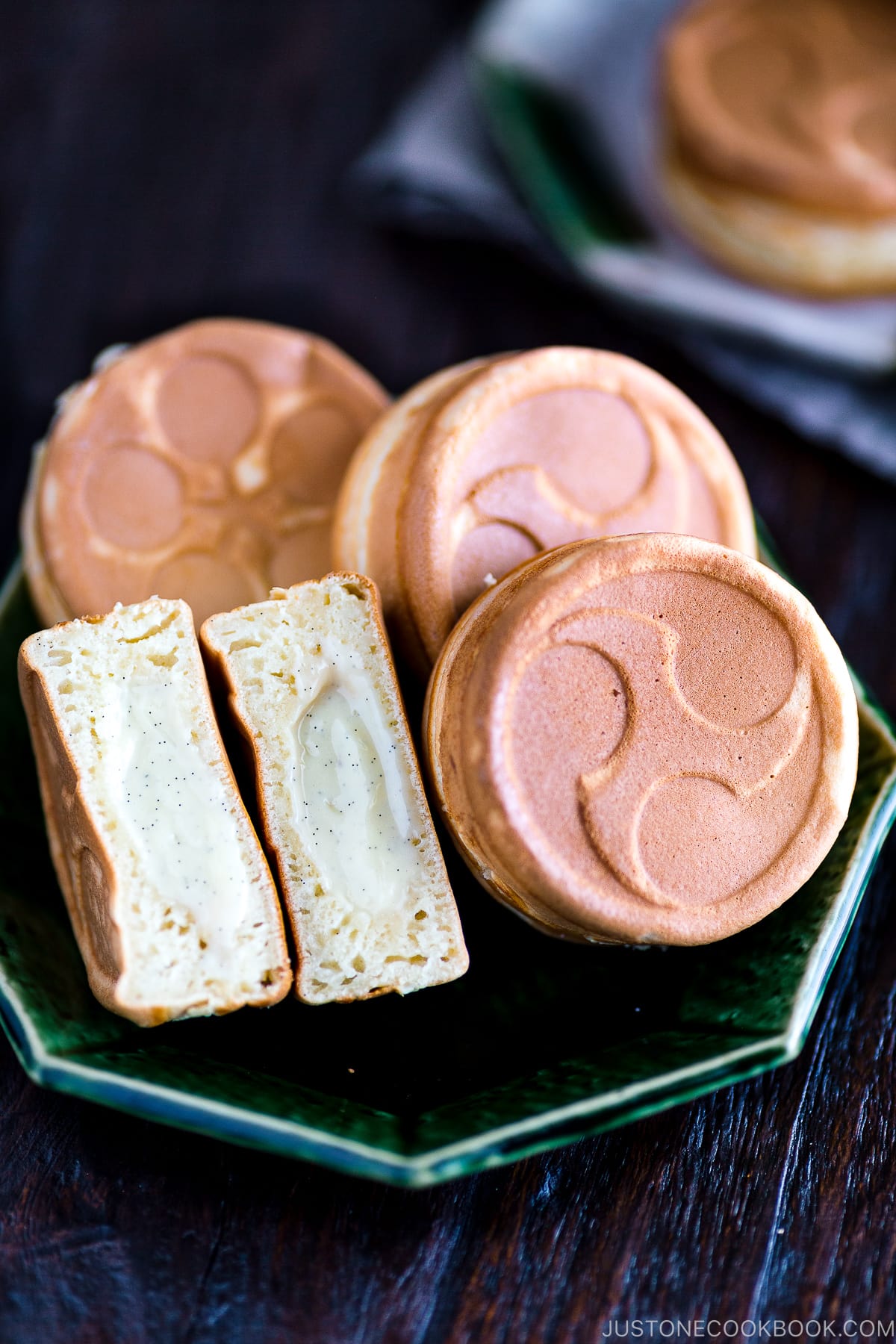
Mr. JOC loves custard cream (pastry cream) in desserts, so I thought it’s about time to share this really good custard cream recipe that my family enjoys. There seem to be many different ways to make custard cream. There are short-cut methods using a microwave, and there are some recipes using whole eggs so you don’t have to worry about the leftover egg whites. Some recipes use cornstarch instead of flour, and some recipes use heavy cream instead of milk.
But today, I’ll show you a somewhat traditional version. Although the method is rather simple and easy, the technique can be tricky. I’ll go over a few tips that would be helpful when you make homemade custard cream.
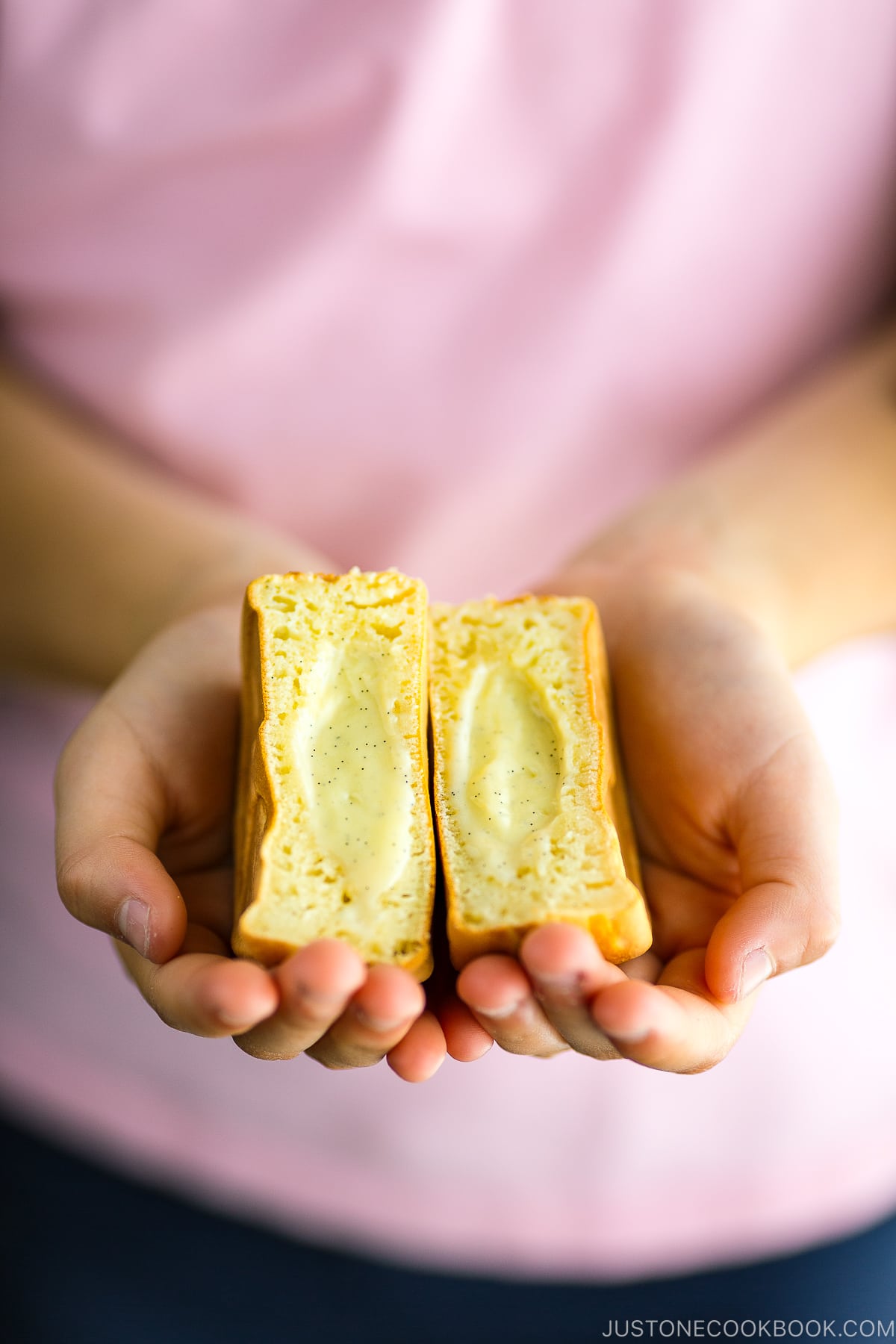
4 Tips on Make Delicious Custard Cream
Tip 1: Use low heat, a heavy saucepan, and constant stirring.
Having the right tools such as a heavy saucepan and silicone spatula is really important to get good result. You need to make sure the heat distributes evenly so your pot doesn’t have hot spots and scorch the custard cream.
Tip 2: Mix the egg yolks, sugar, and flour until white pale color.
This step really prevents the eggs from curdling as air bubbles inside the mixture slow down the distribution of the heat.
Tip 3: Heat up the milk until almost boiling
Remember that egg yolks start to solidify or thicken at 65 ºC (149 ºF) and sets around 70 °C (158 ºF).
Flour starts to thicken at 70 to 80 ºC (158 to 176 ºF). It will complete final thickening process at 96 ºC (205 ºF).
If you pour warm (140 ºF or 60 ºC) milk into the mixture, it will takes a longer time to reach 70 to 80 ºC (158 to 176 ºF). Meanwhile eggs will likely to curdle.
Therefore, you should instead pour hot (close to boiling) milk, skipping the dangerous “curdling temperature”, and cook the eggs and flour at the same time.
If the flour is under-cooked, the custard cream will have a undesired pasty flavor with a chalky, grainy texture. Make sure to cook custard cream for at least 10 minutes at 96 ºC (205 ºF).
Tip 4: Take your time and be patient.
You will also need quite a bit of patience as the process requires 20-25 minutes standing in front of the stove while waiting for the custard cream to thicken.
When the custard cream starts to boiling, stir constantly in one direction until you see a shine/luster on the surface of the custard cream. The custard cream will come to a smooth, looser texture.
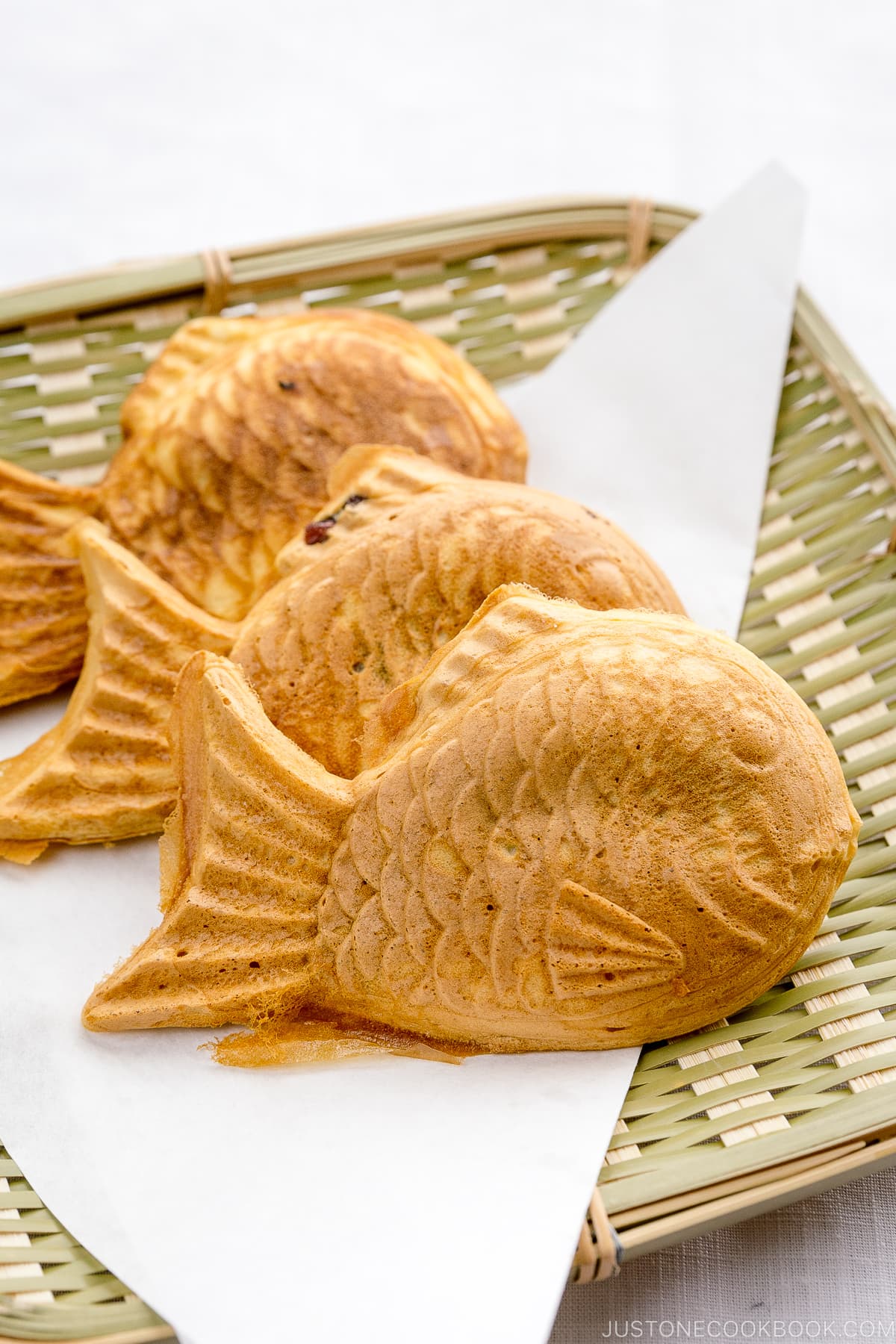
Custard Cream (Pastry Cream) Recipes
With these simple tips in mind, you are ready to make some delicious custard filling for many late afternoon snacks!
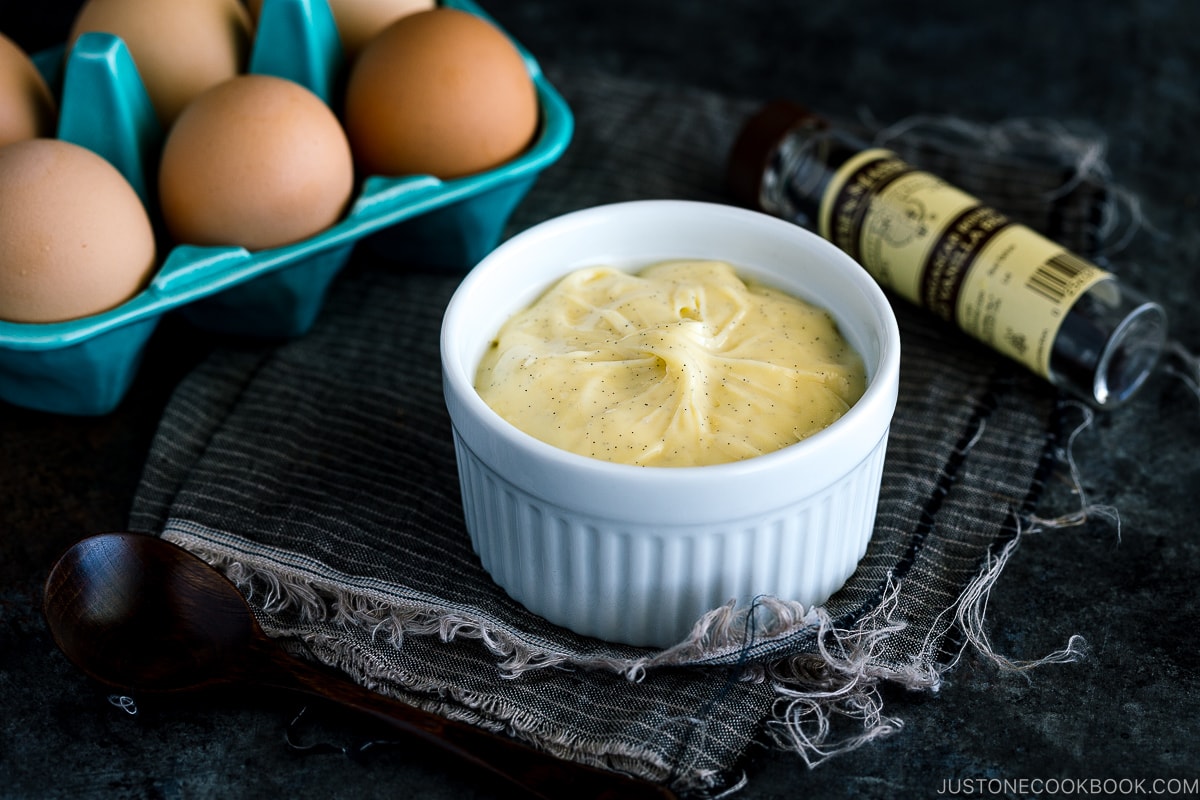
Wish to learn more about Japanese cooking? Sign up for our free newsletter to receive cooking tips & recipe updates! And stay in touch with me on Facebook, Pinterest, YouTube, and Instagram.
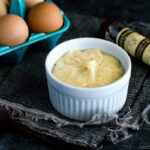
Custard Cream (Pastry Cream)
Ingredients
- ½ vanilla bean (or substitute ½ tsp vanilla extract)
- 200 ml whole milk (1 cup minus 3 Tbsp)
- 2 large egg yolks
- ¼ cup sugar
- 20 g cake flour (2 Tbsp + 2 tsp; you can make homemade cake flour)
- 1 Tbsp unsalted butter (optional)
Instructions
- Before You Start…Please note that this recipe requires 30 minutes of chilling time.Gather all the ingredients. I encourage your to weigh your flour. For weights, click the Metric button above. Or you can use the “fluff and sprinkle“ method and level it off.
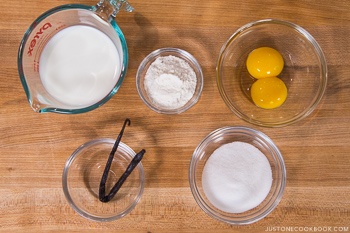
To Combine the Ingredients
- Cut a vanilla bean pod in half crosswise (for one batch). Make a slit lengthwise on ½ vanilla bean pod and scrape off the seeds with a knife.
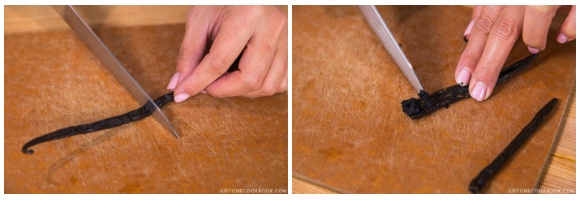
- In a medium saucepan (preferably a heavy saucepan for even heat distribution), combine 200 ml whole milk (1 cup minus 3 Tbsp) and the vanilla seeds. Bring it ALMOST to a boil (small bubbles around the edges). Remove from the heat and set aside.
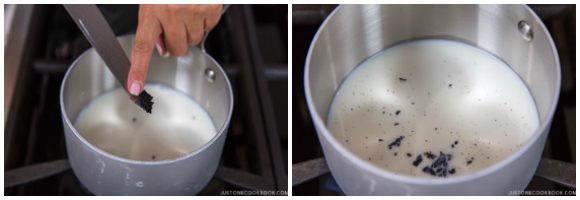
- In a medium mixing bowl, add 2 large egg yolks and beat gently. Add ¼ cup sugar and whisk until the mixture turns pale yellow.

- Add 20 g cake flour (2 Tbsp + 2 tsp) and whisk until combined.
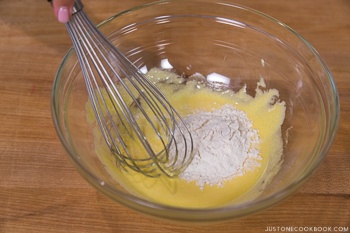
- Pour a small amount of the hot milk mixture into the egg mixture and quickly whisk to combine. Slowly add the rest of the milk while whisking.
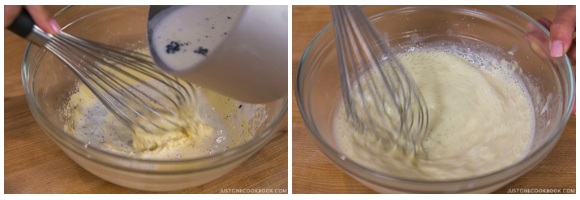
To Cook
- Set a fine-mesh strainer over the saucepan and pour the egg and milk mixture back into the saucepan. Cook the mixture over medium heat while CONSTANTLY mixing with a silicone spatula. It starts as a thin and frothy mixture and gradually will start to thicken. It’ll take 20–25 minutes for the custard cream to thicken.

- Stir constantly, making sure to scrape the bottom and corners of the pan. Ensure that the mixture heats evenly. Lift up the spatula occasionally to check for large bubbles bursting at the top of the mixture. Keep cooking and stirring until large bubbles appear. Then, boil and stir for 1 minute. The custard should be shiny and drop intermittently when you lift up the spatula. Finally, add 1 Tbsp unsalted butter (if using) and mix well. Remove the saucepan from the heat.
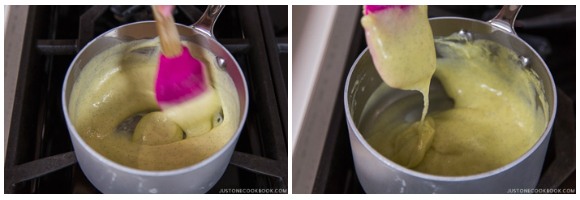
To Cool the Custard
- Transfer the custard to a tray or flat container. Cover with plastic wrap to prevent a film from forming on top of the custard. Put the tray over ice cubes and put an ice pack on top of the custard to cool for about 30 minutes. The key is to cool it quickly so the custard won’t spoil.

- When it’s cool, put the custard back into a bowl and whisk until nice and smooth. The custard is now ready to use.

To Serve
- Use your homemade Custard Cream to fill delicious snacks and desserts like Nama Donuts, Taiyaki or Crispy Taiyaki, Imagawayaki (Obanyaki), and Dorayaki.
To Store
- You can keep the homemade custard for up to 2–3 days in the refrigerator. To prevent a film from forming on top of the custard as it cools, place a piece of plastic wrap directly on top of and touching the custard. I don‘t recommend freezing the custard, as its texture will change.
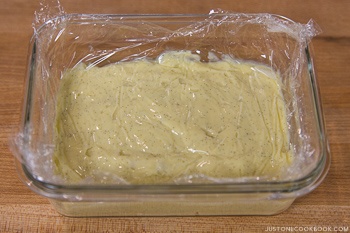
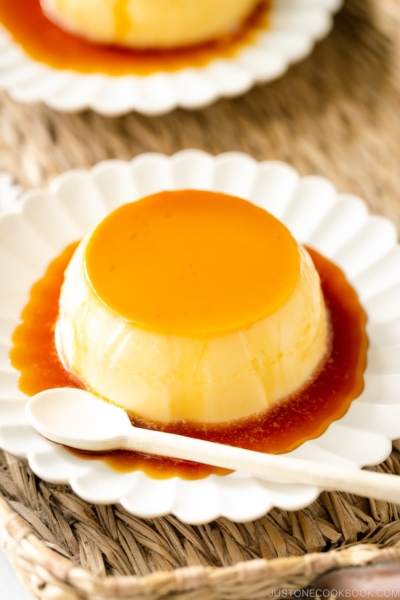
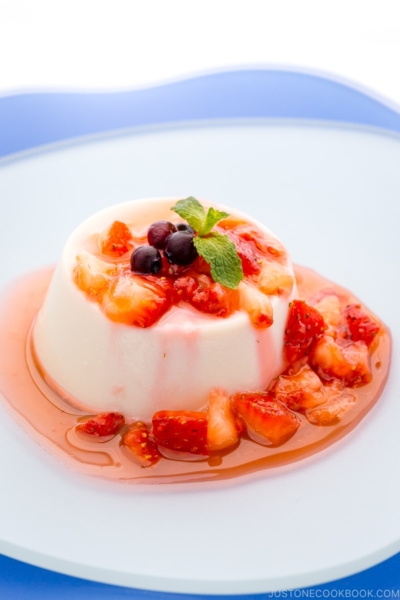
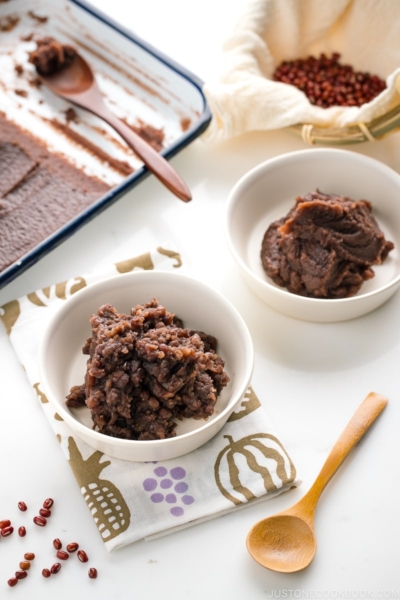
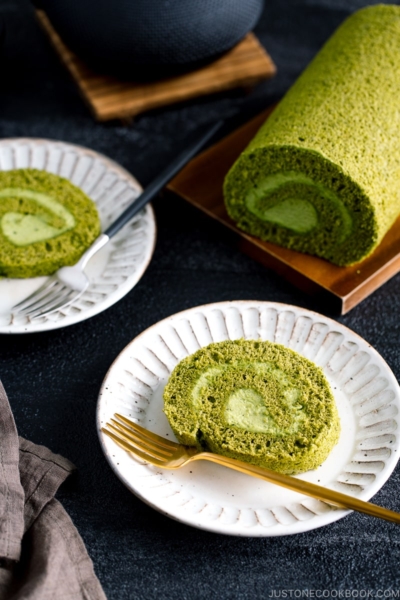




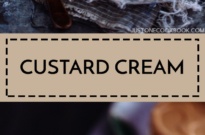
Hello, can I use the Anpan recipe and make a cream pan? With the custard above?
Hi Sz, Thank you for trying Nami’s recipes.
We have not tried making a cream pan with this cream, but it should work! Please let us know how it goes if you give it a try.
Happy baking!
I made this last weekend for taiyaki. It took me three tries as the eggs kept curdling. I eventually found the batch was too small for the saucepan I used and kept hearing too quickly. On my third attempt I doubled the recipe and it ended up working. It was really tasty custard.
Hi Emily!
Thank you very much for trying many times to get this custard and sharing your cooking experience and tips with us.
We are happy to hear it was a delicious custard at the end! Thank you for your kind feedback.🙂
I accidentally curdled mine too because I underestimated how hot my stovetop gets, but I just used an immersion blender and blended until it was smooth again haha. This is recipe is super tasty and I really like the custard flavor. I actually used it to make a custard tart with the justonecookbook tart crust recipe 😀